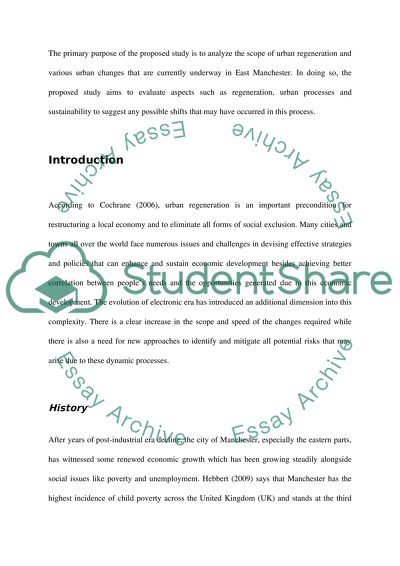Cite this document
(“Urban Regeneration in the East of Manchester Essay”, n.d.)
Retrieved de https://studentshare.org/engineering-and-construction/1390652-proposal-research-urban-regeneration-in-the-east
Retrieved de https://studentshare.org/engineering-and-construction/1390652-proposal-research-urban-regeneration-in-the-east
(Urban Regeneration in the East of Manchester Essay)
https://studentshare.org/engineering-and-construction/1390652-proposal-research-urban-regeneration-in-the-east.
https://studentshare.org/engineering-and-construction/1390652-proposal-research-urban-regeneration-in-the-east.
“Urban Regeneration in the East of Manchester Essay”, n.d. https://studentshare.org/engineering-and-construction/1390652-proposal-research-urban-regeneration-in-the-east.


